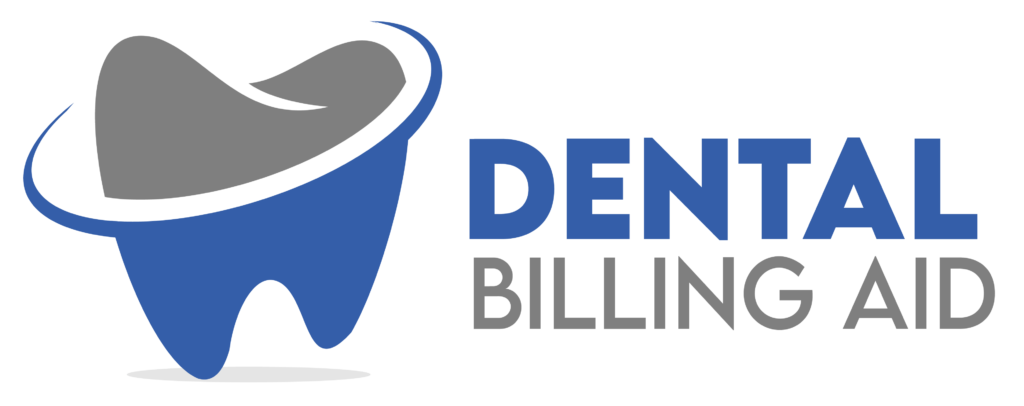Dental billing is a complex process that ensures dental practices are paid for their services. It involves a series of steps to manage patient information, submit claims to insurance companies, and collect payments. The process is critical for the financial health of any dental practice.
Key Features of Dental Billing
Dental billing is distinct from medical billing primarily due to its specialized coding system and the types of services covered. Key features that define this process include:
- Insurance Verification: Before treatment, dental staff verify a patient’s insurance coverage, including active status, deductibles, copayments, and any waiting periods or limitations. This is a crucial step to prevent claim denials and to provide the patient with an accurate estimate of their out-of-pocket costs.
- Specialized Coding: Unlike medical billing, which uses CPT and ICD codes, dental billing relies on Current Dental Terminology (CDT) codes. These are a set of standardized codes published by the American Dental Association (ADA) that are used to document and bill for dental procedures like cleanings, fillings, extractions, and crowns.
- Clean Claim Submission: A “clean claim” is a claim form free of errors. Accurate information, correct CDT codes, and any necessary supporting documents (like X-rays or a narrative explanation) are essential for a claim to be processed smoothly and quickly by an insurance company.
- Payment Posting: Once an insurance company pays a claim, the payment must be accurately recorded in the patient’s account ledger. This process, known as payment posting, tracks the received payment, any adjustments, and the remaining balance that the patient is responsible for.
- Denial Management: Denied or rejected claims are a common challenge. Effective dental billing includes a system for managing these denials by identifying the reason for the denial (e.g., incorrect code, missing information), correcting the error, and resubmitting the claim or filing an appeal.
How the Dental Billing Workflow Works
The dental billing process follows a systematic workflow to ensure efficiency and maximum revenue collection.
- Patient Registration: The process begins when a patient provides their personal and insurance information to the dental office. This information is entered into a practice management system.
- Insurance Eligibility Check: The dental office verifies the patient’s insurance coverage and benefits before any treatment is performed. This step helps the practice understand what services are covered and helps the patient know their financial responsibility.
- Treatment and Documentation: After the patient receives treatment, the dental team documents the procedures performed. This includes clinical notes and assigning the correct CDT codes for each service.
- Claim Creation and Submission: A claim is generated using the documented procedure codes and patient information. Most claims are submitted electronically through a clearinghouse to the patient’s insurance company for faster processing.
- Adjudication and Explanation of Benefits (EOB): The insurance company reviews the claim and determines what portion of the cost it will cover. It then sends an Explanation of Benefits (EOB) to both the dental office and the patient, detailing the covered services, the payment amount, and any remaining balance owed by the patient.
- Patient Billing and Collections: Based on the EOB, the dental office bills the patient for any remaining balance, such as deductibles, copayments, or non-covered services. The practice may send out statements or offer automated payment options to collect the outstanding amount.
- Follow-up and Accounts Receivable (A/R) Management: The dental office consistently follows up on unpaid claims and outstanding patient balances. This involves tracking the status of claims and contacting patients about their bills to ensure the practice is paid in a timely manner.
